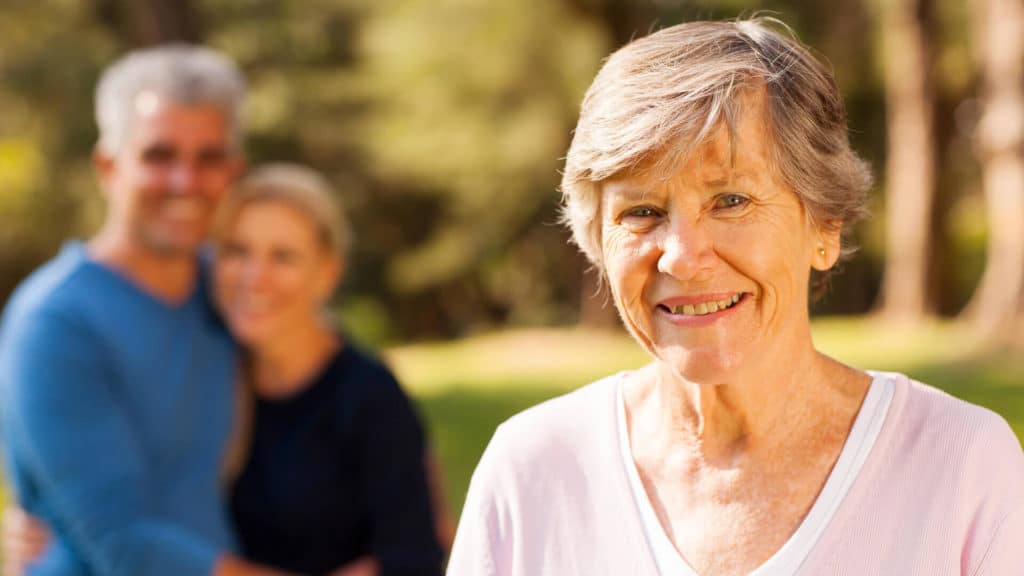If you’ve noticed a shift in demographics in your community lately, you aren’t alone. Experts say that 10,000 baby boomers are retiring every day across the U.S. It’s a trend that is predicted to continue through the next decade. As the population of seniors increases, so does the number of family caregivers.
More and more adult children find themselves juggling the care of a parent with the needs of their own family and career. It’s easy to see why family caregivers often contemplate the idea of moving a parent in to their own home.
While it might seem like a great idea, is it really the best solution?
4 Things to Discuss Before Moving a Parent into Your Home
Before you load up the moving van, here are a few important factors to consider and discuss:
1. Is the senior really safer in your home?
Families often feel their senior loved one will be safer living with them where someone will be around most of the time. But it’s important to take an honest look at your own home and lifestyle.
Think about how much of the time a member of the family is really around. Busy lifestyles might leave the older adult on their own much of the time at your house, too.
Also consider how senior-friendly your home is. Stairs and bathrooms can be especially problematic.
And if you hope to make this move a long-term solution, understand that you might need to make changes to the environment of your house. There are an increasing number of home remodelers who specialize in modifying existing homes to meet the needs of a senior. From widening doorways to installing a step-free shower, it’s important to know what expenses you are likely to incur.
2. How do other members of the family feel about this idea?
While moving a parent in might be a relief to the weary family caregiver, it’s important to take everyone else’s feelings into consideration as well. Combining two households into one will be a big adjustment for the senior and the rest of the family. Are the relationships strong enough to truly make this a viable option? Or is this something that might cause irreparable damage within the family?
3. Are you willing to give up your privacy?
The loss of privacy can be difficult for couples, the grandkids, and for the senior. Unless your house is set up to allow for an in-law suite or separate living quarters, you’ll likely have to get used to a lot of togetherness.
4. Is there a better long-term solution?
While many adult children want a parent to stay with them on a short-term basis after the death of a spouse or while the senior is recovering from an illness, it might not be the best solution for the long-term.
An older adult might want to stay in their own home and enlist the services of a home care agency to help with the tasks they are struggling to safely complete. Or they might feel more at home in their own assisted living apartment. An assisted living community is often an ideal solution because it combines the independence and privacy a senior desires with the assistance they need.
Moving to a Senior Living Community
If you decide a senior living community is the best solution for your loved one, we have a resource you might find useful. Packing List: What to Pack for Your New Move is a checklist you can download to help make this transition go more smoothly.




